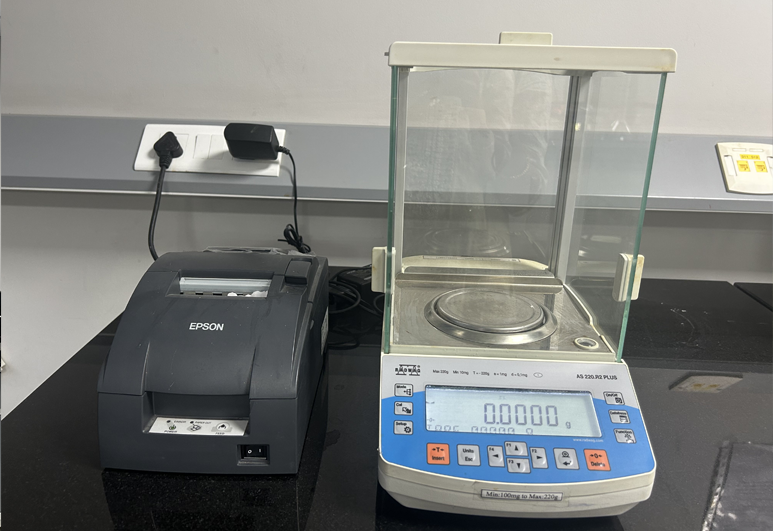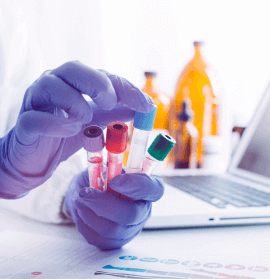Genotoxic & Nitrosamine Impurities Testing

Genotoxic Impurities (GTIs) Testing
Genotoxic impurities are substances that have the potential to cause DNA damage, potentially leading to mutations, cancer, or other genetic defects. These impurities must be identified and controlled at very low levels due to their serious health risks.
Why choose?
Latest equipment
Testing equipment have significantly enhanced efficiency.
Safe diagnoses
Both accurate results and lab personnel/environmental safety.

Sources of GTIs
- Synthetic intermediates or reagents
- Degradation products
- By-products from manufacturing processes
Regulatory Guidance
- ICH M7 (R1) – Assessment and Control of DNA Reactive (Mutagenic) Impurities
- Threshold of Toxicological Concern (TTC): Typically 1.5 µg/day lifetime intake
- Classification into 5 classes (Class 1: known mutagens, Class 5: impurities with no alert)
Testing Approach
- In Silico Assessment (QSAR models like DEREK, SARAH) to flag potential genotoxicity
- In Vitro Tests (Ames test, micronucleus test) for experimental validation
-
Analytical Method Development: Often involves ultra-sensitive techniques such as:
- LC-MS/MS
- GC-MS
- High-resolution MS (HRMS)
Control Strategy
- Control at source (route design)
- Use of purification steps to remove GTIs
- Setting acceptable daily intake (ADI) limits in line with ICH M7
Nitrosamine Impurities Testing
Nitrosamines are a specific class of probable human carcinogens (e.g., NDMA, NDEA, NMBA), which gained regulatory attention due to their detection in certain medications (like sartans, ranitidine, metformin).
Sources of Nitrosamines
- Reaction between secondary/tertiary amines and nitrite under acidic conditions
- Contaminated raw materials or solvents
- Use of nitrosating agents
- Cross-contamination from shared equipment
Regulatory Thresholds
- Set by ICH, FDA, EMA based on lifetime cancer risk
- Limits are nanogram-levels per day (e.g., NDMA ~96 ng/day)
- Must assess all products for risk of nitrosamine formation
Analytical Techniques
- LC-MS/MS – highly sensitive, commonly used for non-volatile nitrosamines
- GC-MS – for volatile nitrosamines
- HRMS – for structural elucidation
- LOD/LOQ typically in ppb (parts per billion) range
Testing Scope
- Active Pharmaceutical Ingredients (APIs)
- Finished dosage forms
- Raw materials and reagents
Mitigation Measures
- Redesign synthetic route
- Avoid nitrosating agents
- Use dedicated equipment or implement robust cleaning validation
- Switch to safer excipients or packaging
Regulatory Guidelines & References
- ICH M7 (R1)
- EMA Guidance on Nitrosamines (Sep 2020, updated 2023)
- FDA Guidance: Control of Nitrosamine Impurities in Human Drugs
- USP <1469> – Nitrosamine Impurities
Why These Tests Matter
- Ensure patient safety by minimizing cancer risk
- Required for regulatory submissions (NDA, ANDA, MAAs)
- Prevent product recalls and compliance issues
- Integral part of quality risk management systems (QRM)



